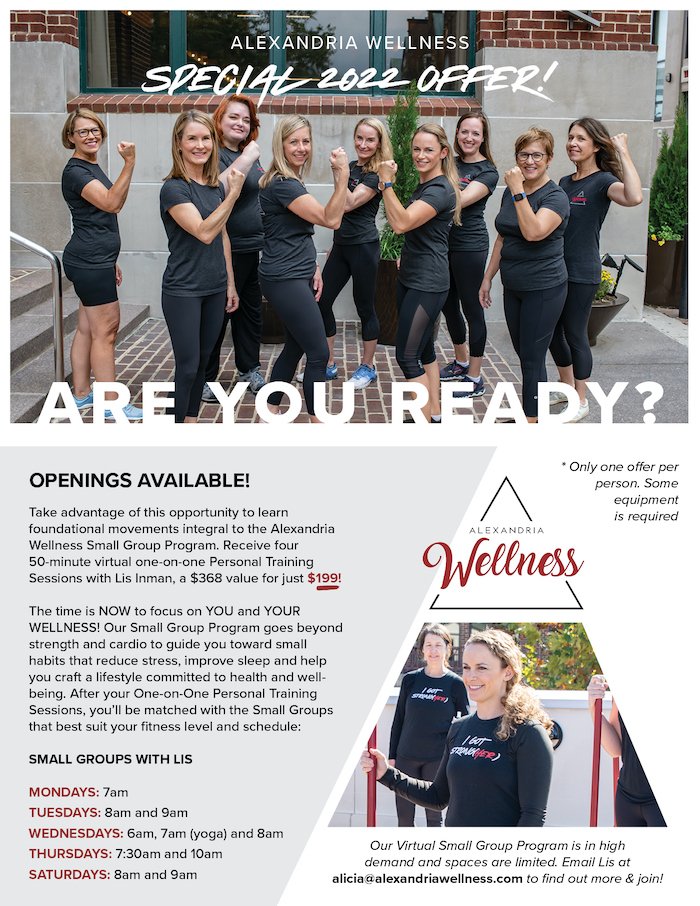How can mandatory stops during your daily drives fuel your self-care? First, imagine how many traffic lights, crosswalks, and stop signs you stop at each day. Then underestimate how long your car sits there. Take that time and add it up, and you will have a time for a range of self-care activities that are still safe to perform while you are behind the wheel.

I work with executives who are busy. They are “too busy” for self-care, “too slammed” to breathe for 30 seconds. And, yes, even “too tired” to exercise or meal plan. Some also find self-care selfish. But, this is another topic for another day…
As part of our Mastering your Calendar for Wellness program, we help our corporate and concierge clients find time for wellness where they often hadn’t looked. Over time, they find time for what matters most to them – their wellness.
While the program takes much longer than a 600-word blog, one way we find time for them is by inventorying how they are currently spending their time. We find items like work, childcare, elderly care, paying bills, church, and many more. Once we determine those activities on which they spend their time, we then divide our time into two buckets: essential or unessential. This is tough work, yet it is the absolute key to finding the time – we believe we lack – for wellness. Even further, we then magically discover what is “stealing” our time.
In corporate wellness sessions, teams find social media, reading unessential email, deleting email trash, television, gossip, and worry as top time stealers that could be converted into wellness. It is exciting when team members discover they can walk, breathe, exercise, or meal plan because they’ve saved 15 minutes by eliminating the waste.
Finding 10 minutes twice a day is FAR better than the continual “I don’t have time to ___.” You may even add another one, five, or ten minutes or grab another five minutes elsewhere once you start this practice!
Back to my stop sign… I recently counted my regular stops on my two-and-a-half-mile drive to work and my routine drives, like kid sports and vet appointments. From the time I leave for work, drive home, and when I’m on duty to drive my kids to sports practices or events, I pass through over 25 stop signs, traffic lights, and crosswalks. (We live down the street from an elementary school with natural bus stops and schoolchildren crossings.)

I’ve made it a practice to consciously breathe at stop signs for years. First, driving in this area can be a sport. Second, we know finding time throughout our day for conscious breathing helps our stress even more than a 30-minute morning meditation. It is like building a muscle. Once you build it and exercise it regularly, it remains strong and works with you. Breathing is the same.
Here are four simple ways to turn stop signs into opportunities for stress reduction and self-care:
-
Correct your posture. We all slouch. Computer and handheld device usage is killing our head and neck position, creating a flood of back issues for millions. Fixing your head position can change the way your entire body behaves. Your low back will thank you.
-
Breathe. One to three breaths at every stop sign, crosswalk, and red light can shift your possible over-reacting to allowing the stress to “slide over you.” This is not only better for your overall happiness, yet your brain will love you even more.
-
Practice gratitude. Our Gratitude Workshop is now our most popular among corporate clients. They love the compelling science behind a gratitude practice – and recognize it is as fruitful as any staff, finance, or operations meeting.
-
Squeeze your bottom. One of our philosophies at Fitness on the Run (my former gym) and now Alexandria Wellness is to engage the “posterior chain” (the backside of our body) as often as possible. Squeezing our glutes (our bottoms) will engage the core and set in motion a beautiful cascading effect on the entire body.
The next time you encounter a traffic light or stop sign, choose one of the above easy-to-do practices. This can immediately shift your mindset from stressed and annoyed to calm, present, and appreciative. And you have filled your self-care bucket!
While it may seem small, consider how many intentional breaths we would be adding to our “daily routine” if we practiced this one simple strategy. 25 stop sign breaths per day equals 125 breaths per week or 6,500 per year! This alone can calm your cortisol (our stress hormone) and increase your dopamine (a feel-good chemical). This is also one of the simplest ways to incorporate wellness and self-care into your busy schedule. It is free, easy, and anyone (who drives!) can do it.
We want to help you (and your team!) take charge of your health and wellness. Here are two ways you can get started today. If you are interested in any of our newest programs, like our latest special for our small group fitness program, where we breathe at the beginning of every group, email us at alicia@alexandriawellness.com.




